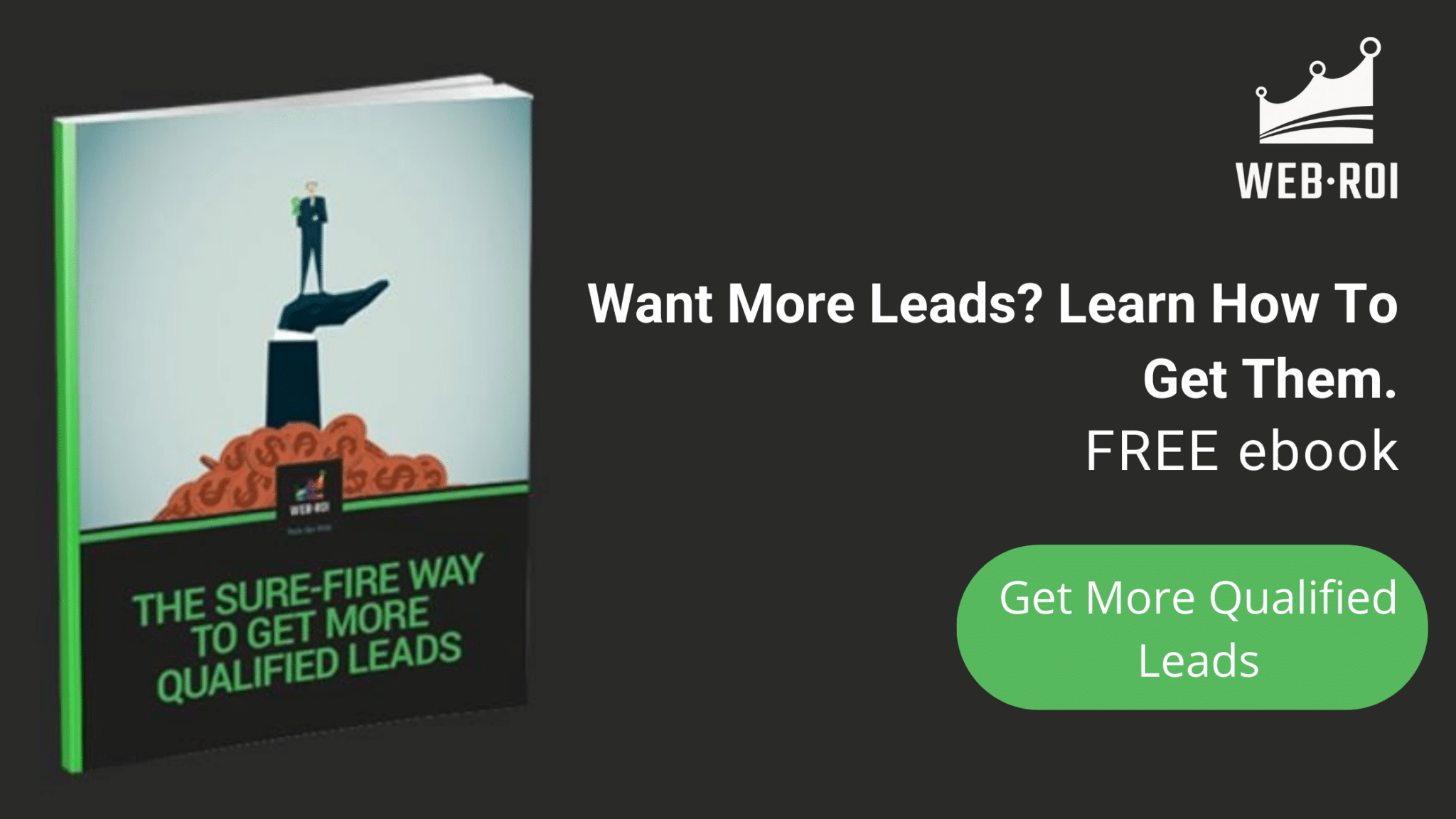Make More Sales Online with These E-Commerce SEO Best Practices

You have opened the door to customers by creating an e-commerce site. But what if that door is not wide enough? You must open the door, the window, and maybe even blow out a wall to generate sales. Missing out on a sales opportunity is something you don’t want to do, so why miss out on search engine optimization (SEO)? You are already one step there, by opening an online shop. But skipping out on SEO shuts out a huge chunk of new customers and sales. Grow your business with SEO best practices. Download our eBook for more information about SEO.
Download your FREE copy of 8 SEO Essentials to Overcome and Speed Off to Sales.
What is E-commerce SEO?
SEO for e-commerce is the process of making your online store more visible on the search engine results page. As a small business, new business, or even established business, you won’t make sales if people don’t know you exist online. When people search for products that relate to what you sell, you will want to rank as highly as possible so you get more traffic to your site. E-commerce SEO involves optimizing headlines, product descriptions, metadata, internal links, and navigational structure for user experience.
Why is SEO Important for E-commerce?
What do customers do when they are looking for a product or service? They turn to Google and search. They’re looking for options, tips, comparisons, and other relevant information to help them decide which product they should purchase. If you’re not optimizing your site to show up in searches, you’re leaving money on the table. Why? Because people use search engines to make buying decisions. In fact, 37.5% of online retailers get their traffic from search engines via people doing initial searches. Search engines are the bridge that connects customers to your store, so you must make a great connection. Search engine optimization also builds business credibility. If you show up on page one, it tells users you must have something good to bring to the table.
Your E-commerce SEO Guide: SEO Tips for Your E-commerce Site
1. Keep Your URLs Clean and Uncomplicated
Avoid URLs that change dynamically and include a bunch of numbers and figures. Even for product pages, URLs should be clean, well-organized, and include product-related keywords. This creates a better user experience, keeping customers on your link or page long enough to want to make a purchase. Bad URL example: website.com/cat?=9579/product?=2955/ Good URL example: website.com/patio-furniture/aluminum/cabana
2. Optimize Category Pages
With multiple products in one category, you can potentially run into a keyword cannibalization issue where you have several pages competing for very similar keywords. To avoid this issue, it’s important to optimize your main category pages completely, using your target keywords in page titles, meta descriptions, the H1, Alt text, and within the page content. It’s also important that these pages have enough content to rank well organically.
3. Avoid Broken Links and Dead URLs
With e-commerce websites, it’s very easy to quickly accumulate broken links and URLs that lead to nowhere, especially as you change products or run out of stock. It’s essential to keep track of your broken URLs and redirect them to a related page. If products come back in stock, you can remove the 301 redirects and continue using the original URL.
4. Focus on Homepage SEO
You will want to optimize your homepage and follow all standard SEO best practices as well. Make it a great first impression and follow best practices to optimize it. The SEO title tag is one of the most important elements of SEO. It should include your business name along with the main keyword phrase your business has decided to target. Next is your meta description. This must be written in a way that encourages people to want to visit your website and then make a purchase. Again, this is one of the first impressions they will see, make it a meaningful one.
Lastly, the content on your homepage should be optimized in a way where your visitors are able to learn more about your business and the products that you offer. Cluttered homepages can confuse your visitors as well as search engines. Organize your homepage, make it easy to understand for search engines and visitors. To make a great first impression, perhaps you will want a highlight reel or a video of your best products. Draw your customers in, make them want to purchase from you.
Final Thoughts
Many business owners want to jump into e-commerce and make sales right away. Unfortunately, there are a couple of steps you must take in order to make sales. The first step is to optimize your site accordingly following the best practices above. You must get people to your site before you can convert them on your offers. Follow these best practices to set you up for success.
If you want to set up your e-commerce site for success but don’t know where to start, contact us for a deep dive into your SEO efforts. You’ll start selling in no time.

